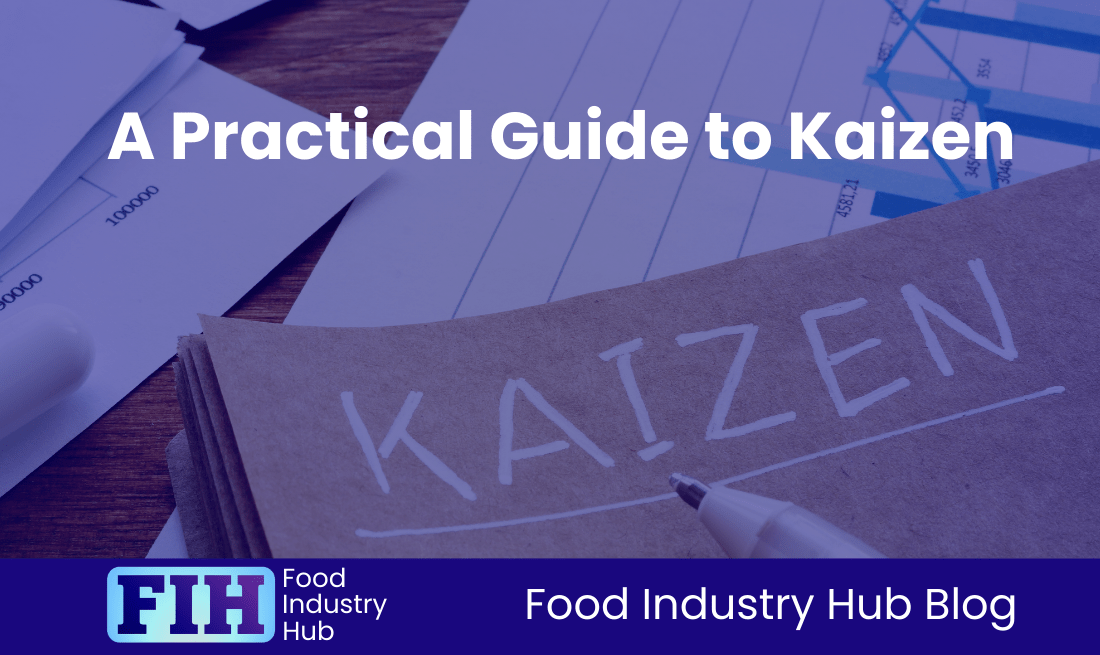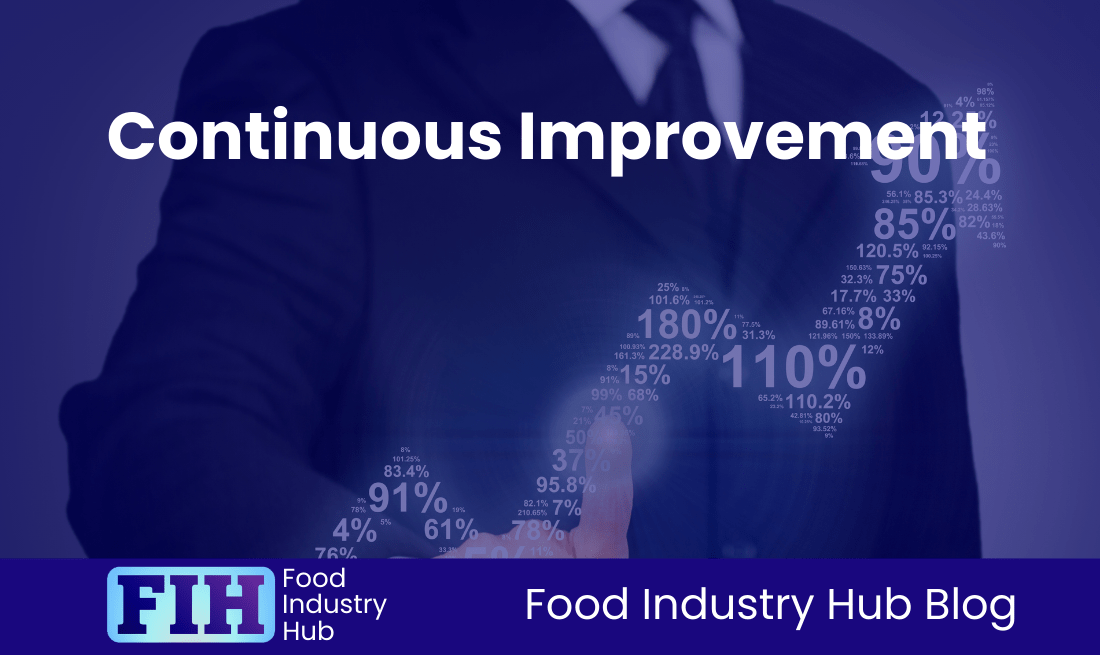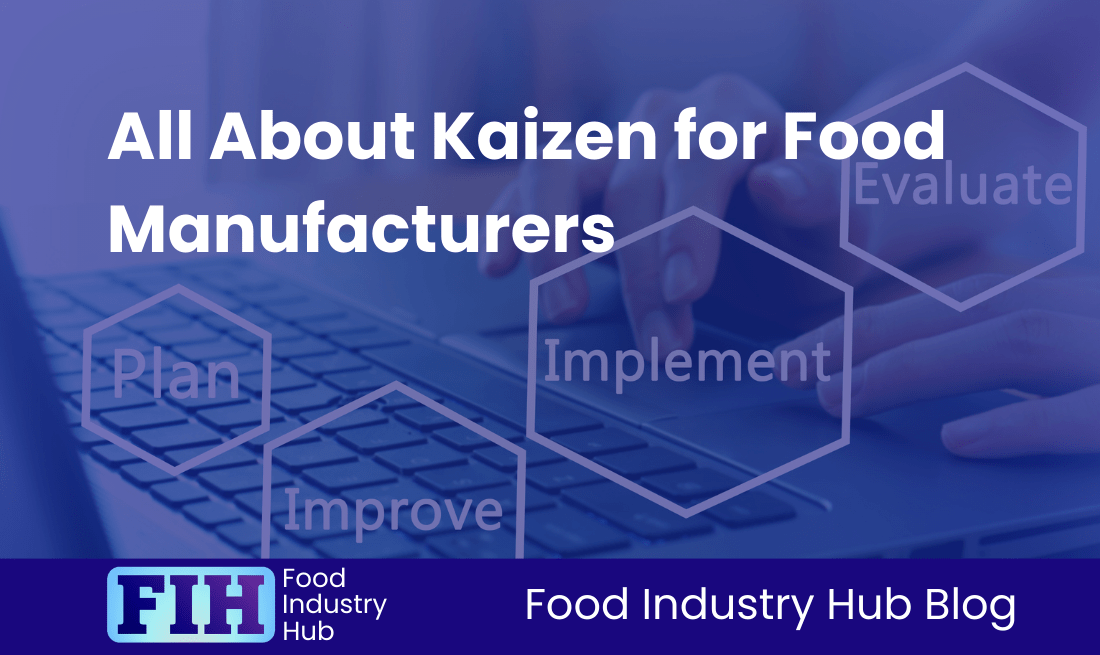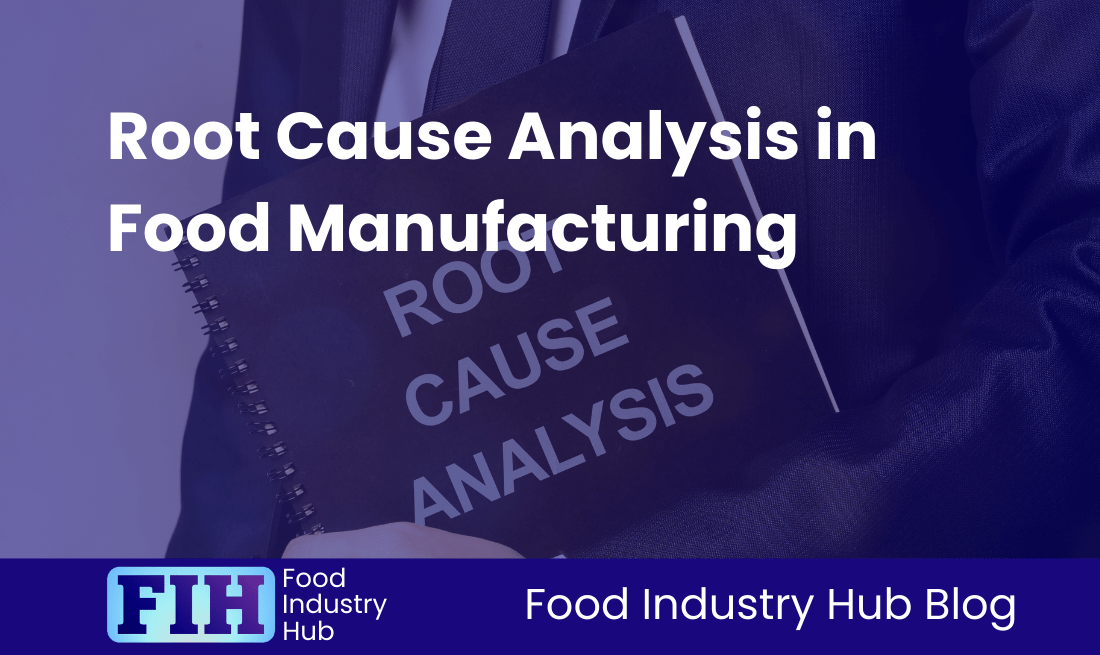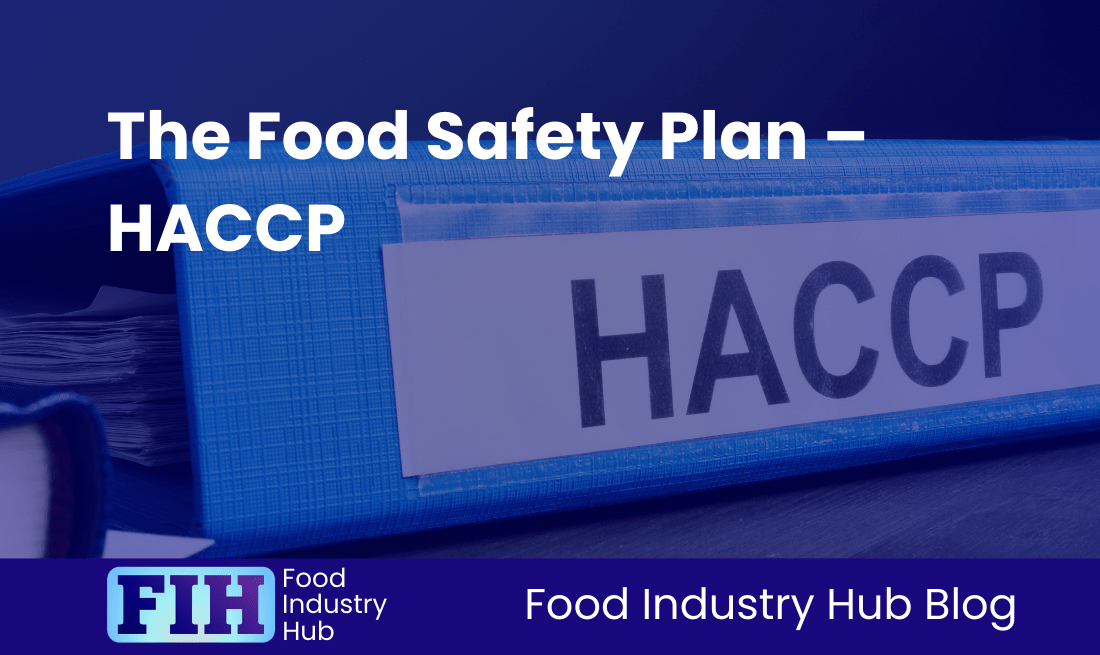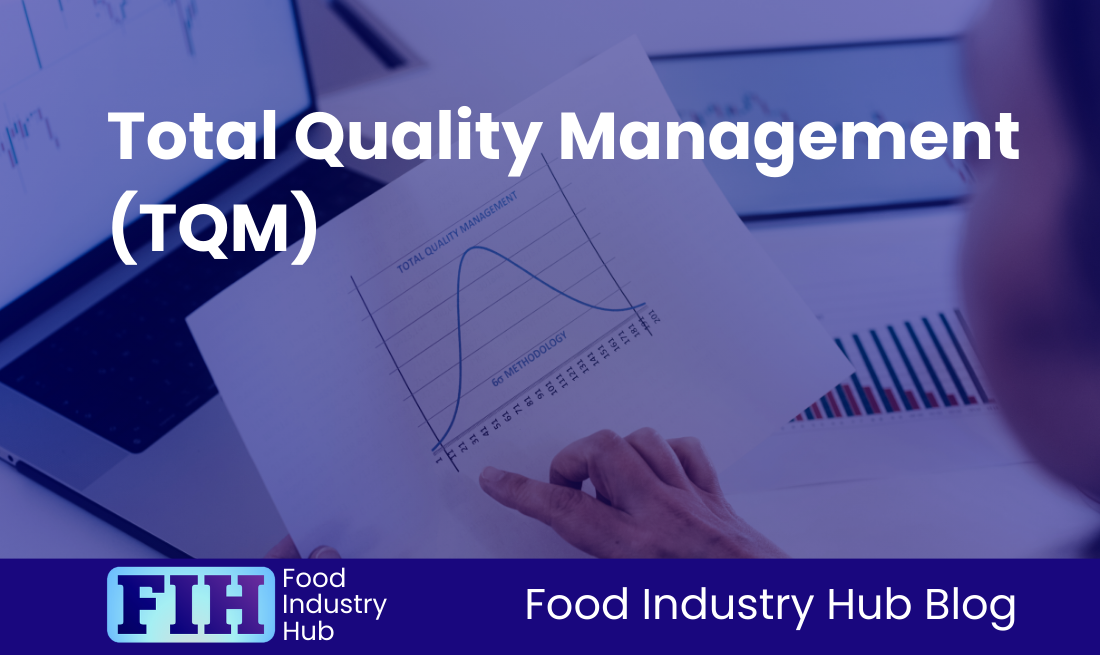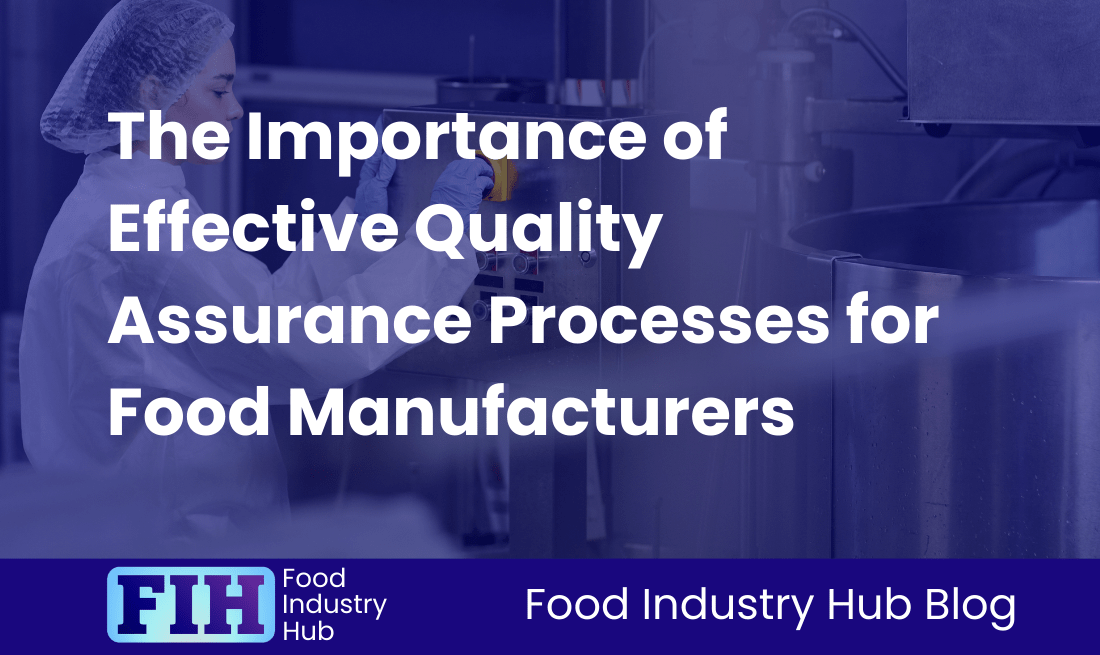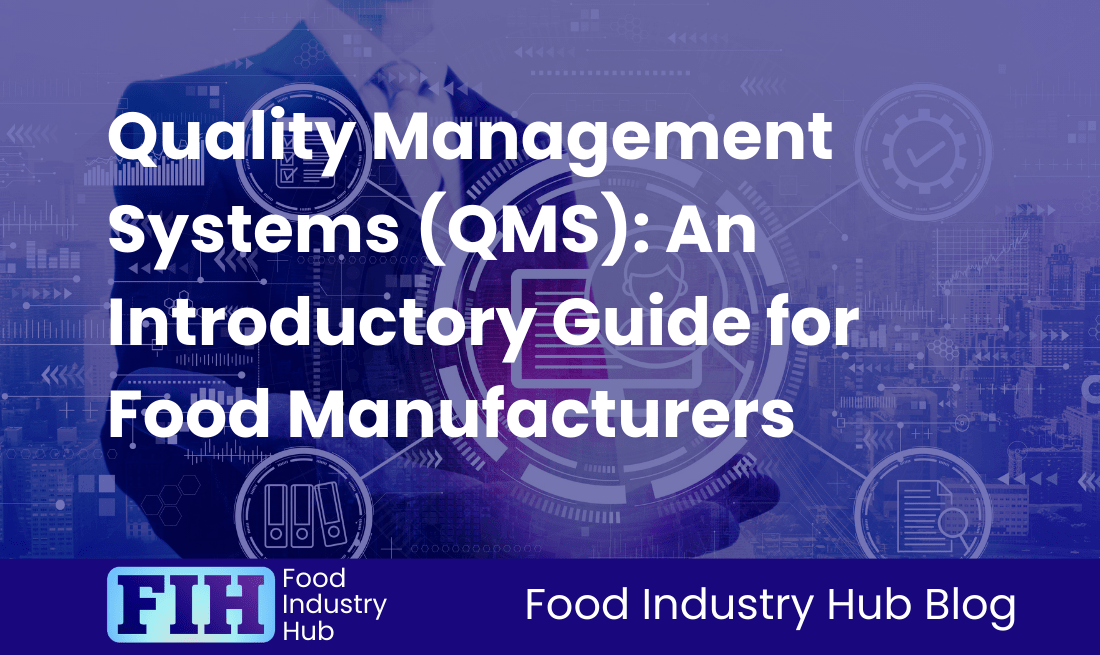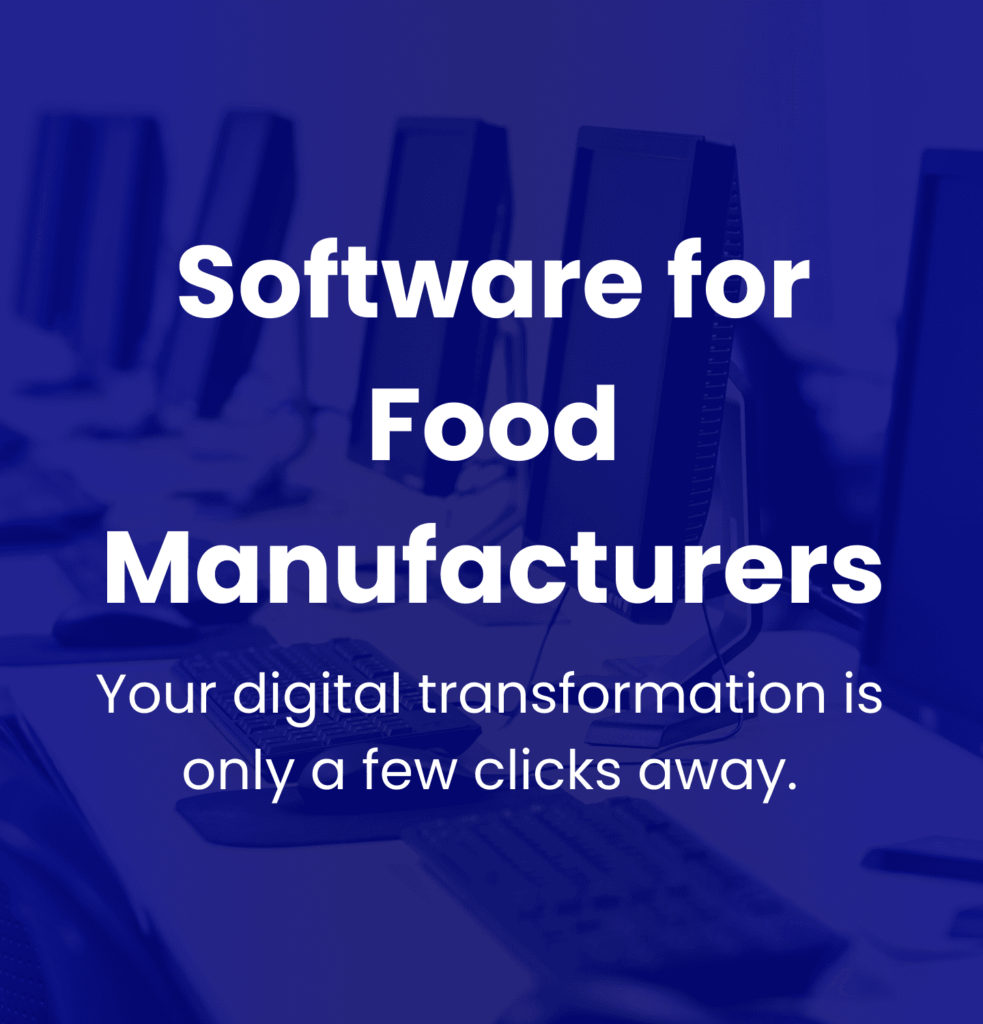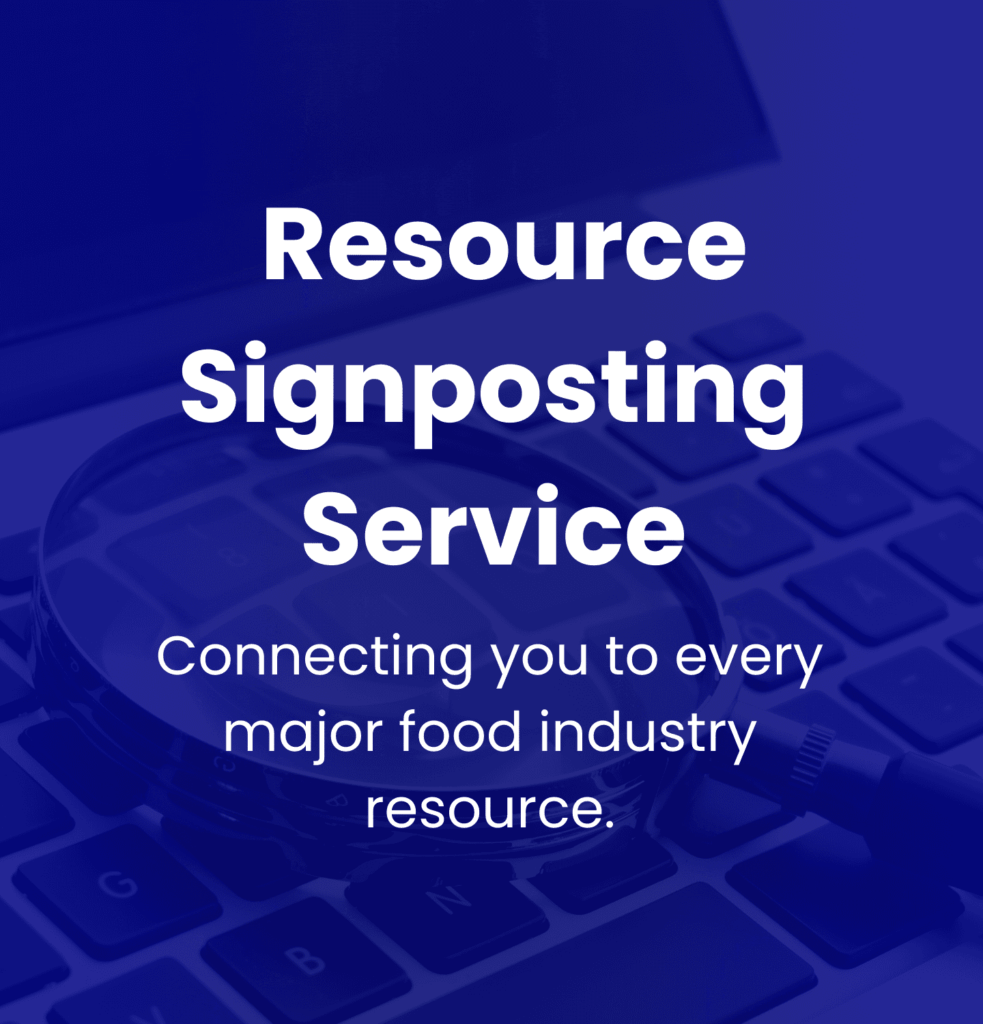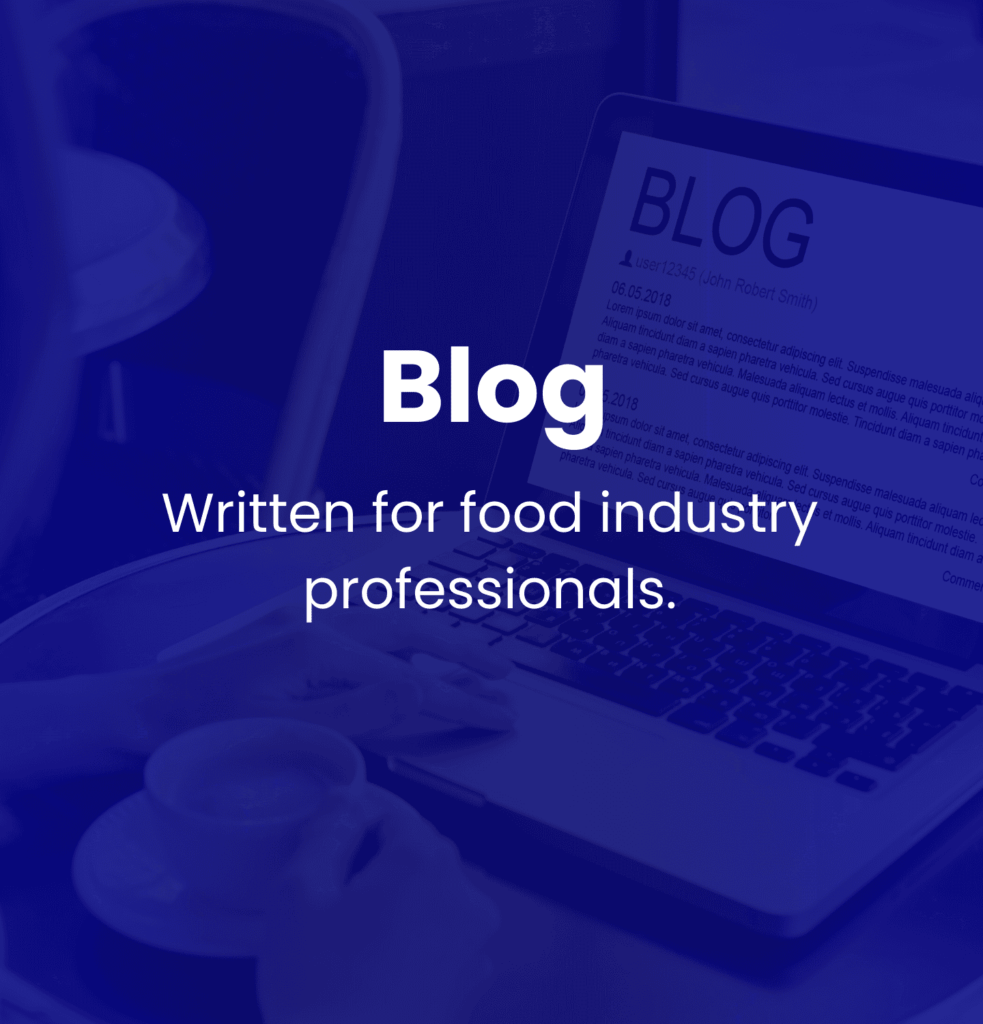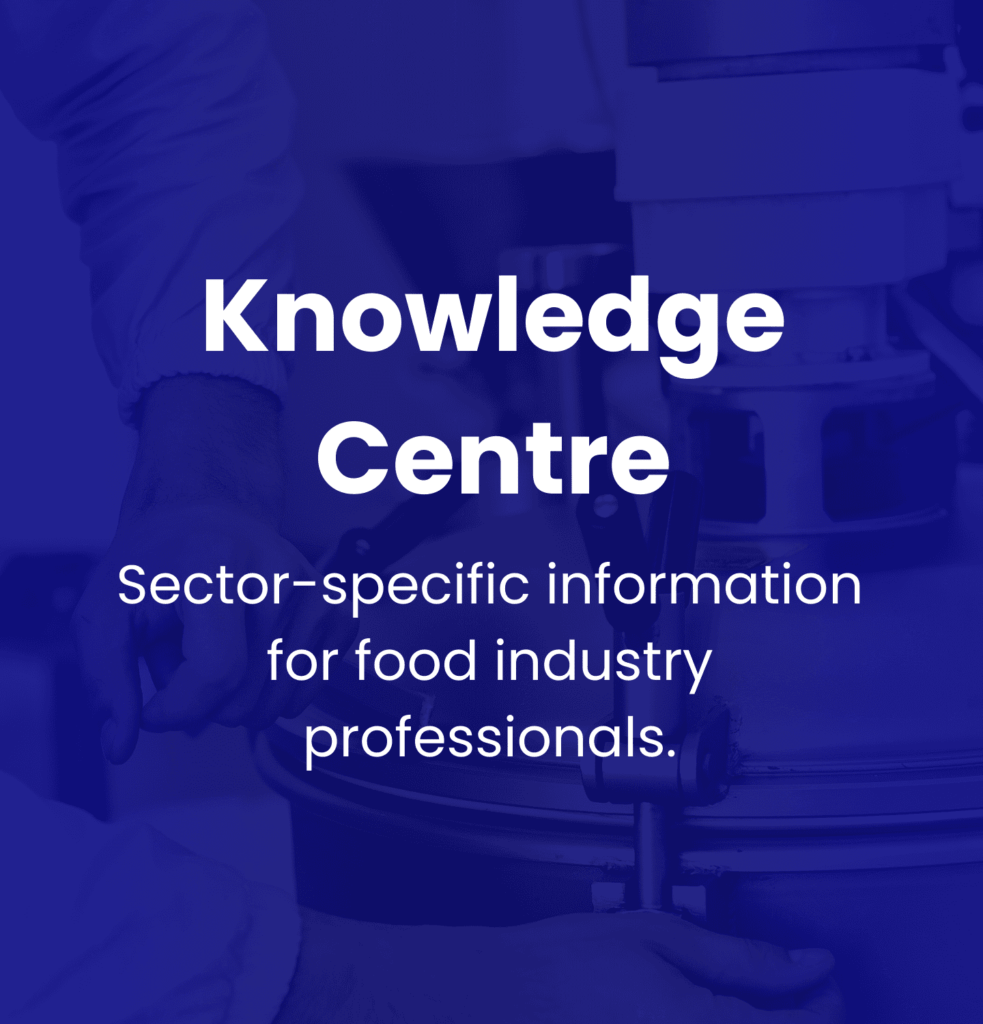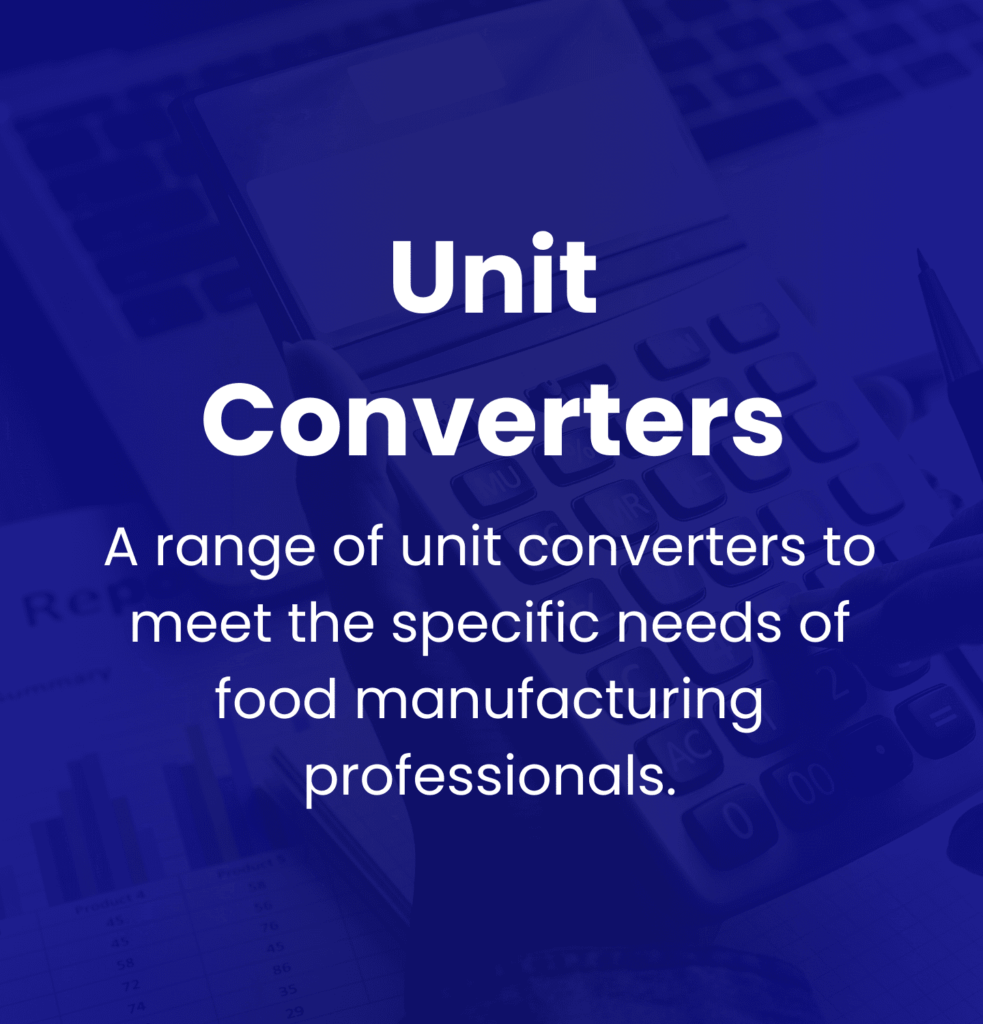Know: Kaizen
Contents
Introduction
Key Takeaways
Principles of Kaizen in Food Manufacturing
Implementing Kaizen: Tools and Techniques for Food Safety and Hygiene
Regulatory Compliance and Kaizen’s Role within Legal Frameworks
Fueling Employee Engagement and Cultural Shifts through Kaizen
Regional Adaptation and Global Implementation of Kaizen Practices
Technological Advancements: Digital Automation and Future Direction of Kaizen in Food Manufacturing
Conclusion
Introduction
Conceptualise a manufacturing environment where each day presents a chance for betterment, not just piecemeal, but sustained. This is the essence of Kaizen, a Japanese philosophy that encapsulates “continuous improvement” or “beneficial change.” Established during the post-World War II period within Japanese quality circles, Kaizen has prospered into a major component of lean manufacturing, exemplified by firms such as Toyota. Its influence encompasses more than the automobile industry, having a profound effect on fields like food manufacturing. In this sphere, Kaizen is a strategic approach enabling efficiency, quality, cost reduction, and compliance with food safety and legality.
In the food manufacturing industry, the role of Kaizen is diverse. By streamlining processes, it improves efficiency, thereby minimising waste and optimising workflows. This results in quicker production and cost reduction. Quality assurance is promoted by perpetual enhancement practices, confirming that goods fulfil esteemed standards and bolstering customer satisfaction. Kaizen’s philosophy reduces costs, rooting out superfluous steps and maximising resource usage, leading to significant savings. With regards to food safety, Kaizen promotes vigilance and proactive modifications to uphold superior safety measures. This is especially important in an industry where contamination can lead to serious repercussions. Regular reviews and updates of processes, in alignment with changing guidelines, improve legal compliance.
We will delve into three extensive topics that underline the effect of Kaizen on the food manufacturing industry. Our initial focus will be on the principles of Kaizen and their profound influence on this sector. This demonstration will elucidate how this framework fosters a culture of never-ending betterment. Subsequently, we will explore the variety of Kaizen tools and techniques deployed to optimise food production processes. Practical applications will reveal how efficiency and quality are enhanced. Lastly, attention will turn to the conjunction of Kaizen with regulatory compliance and food safety standards. This exploration will illustrate how these methodologies aid organisations in fulfilling, and markedly exceeding, legal and safety obligations. Through these perspectives, we unravel how adoption of Kaizen has the potential to revolutionise the food manufacturing industry.
Key Takeaways
Kaizen emerges as a significant strategy for promoting continuous improvement in food safety and quality within the food manufacturing sector. This philosophy encourages a culture that appreciates constant refinement across processes, empowering employees to detect inefficiencies that may impact safety standards. By promoting a proactive mindset among staff, potential risks related to contamination can be mitigated more effectively and overall compliance with regulations enhanced.
Kaizen’s Contribution to Risk Reduction
The methodologies within Kaizen significantly contribute to risk reduction. They stress the enhancement of processes that maintain hygienic conditions throughout production. Tools such as Gemba walks, the PDCA cycle, and the 5 Whys methodology facilitate a systematic evaluation and resolution of issues. By aligning operations more closely with safety regulations, Kaizen’s application aids in promoting a safes production environment.
Influence of Kaizen on Operational Excellence
Beyond safety, Kaizen’s influence extends to improving operational excellence. Through its principles, organisations are driven towards increased productivity, efficiency, and responsiveness. Streamlining processes through these practices helps manufacturers not only to improve product quality but also to strengthen their competitive position in the global marketplace. By adopting a continuous improvement mindset, companies can adapt and grow in an ever-changing industry landscape, enhancing their operational capabilities for future success.
Food Industry Hub Management Systems can significantly boost the effectiveness of your food safety and quality management system, leading to improved confidence and elevated quality assurance throughout your operations.
Principles of Kaizen in Food Manufacturing
In the food manufacturing sector, Kaizen, a philosophy which translates to “change for the better,” is pivotal in driving consistent and gradual enhancements across various facets of business operations. The Kaizen approach plays a significant role in boosting operational proficiency, curtailing waste, and supporting the upgrade of both product quality and safety. The active involvement of employees in preemptive problem-solving underlines the Kaizen approach, initiating a culture of persistent refinement which is integral to securing a strong position in the food industry’s competitive landscape. Systematic application of Kaizen can yield substantial advantages including shortened lead times and improved customer satisfaction through superior quality products.
Understanding Kaizen: Its Philosophy and Fundamentals
Customer Satisfaction as a Central Tenet
A steadfast commitment to customer satisfaction lies at the heart of the Kaizen philosophy. Initiatives for continuous enhancement align manufacturing procedures with customer requirements, ensuring that products do not merely satisfy but surpass expectations. This alignment fundamentally solidifies trust and loyalty from customers, an essential component in the tightly regulated food industry.
Employee Empowerment as a Driver of Success
Strengthening employees is a key component of thriving Kaizen initiatives. When frontline staff members are entrusted to pinpoint inefficiencies and suggest enhancements, they transform into pivotal innovators within their organisation. This type of investment not only boosts morale but also instills employees with a sense of ownership over the processes involved in continuous enhancement.
Teamwork and Collaboration
Triumphant Kaizen initiatives hinge heavily on teamwork and cooperation. Multi-functional teams amalgamate diverse skill sets to tackle challenges, especially in ensuring food safety. Sharing insights and strategies among different units fosters a comprehensive approach to problem-solving, which is essential in the food manufacturing sector.
Continual Advancements via Kaizen Methodologies
The PDCA Cycle (Plan-Do-Check-Act)
The Plan-Do-Check-Act (PDCA) cycle is a cornerstone tool within the Kaizen methodology. This cycle promotes systematic enhancements by identifying potential improvements through data analysis, testing changes on a small scale to assess their effectiveness, scrutinising results, and standardising successful changes. The cyclical nature ensures that food manufacturers continually fine-tune their operations, thus enhancing quality control and food safety.
Gemba Walks
Gemba walks are integral to the identification of inefficiencies and potential contamination risks that might be overlooked during data analysis. This first-hand observation of work processes not only leads to immediate corrective measures but also intensifies leaders’ understanding of authentic operational challenges. By directly observing these processes, leaders in the food manufacturing industry can devise targeted interventions to augment safety and operational effectiveness.
Value Stream Mapping
As an illustrative tool that delineates production workflows, value stream mapping simplifies the process of identifying areas susceptible to waste and contamination. It has proven to be particularly beneficial in the food industry by disclosing critical control points where hygiene practices require strengthening. Through mapping, food manufacturers can apply focused improvements to streamline operations and subsequently reinforce overall food safety.
The 5 Whys Method
The 5 Whys technique plays a foundational role in root cause analysis in food safety. It involves repeatedly questioning “why” to uncover the core causes of a problem, allowing teams to address issues at their source rather than merely dealing with symptoms. This method bolsters preventive measures and drives continuous enhancements across production procedures, aligning with rigorous industry standards.
By adopting the principles and methodologies of Kaizen, food manufacturers not only enhance operational proficiencies but also fortify their commitment to food safety and continuous improvement.
Implementing Kaizen: Tools and Techniques for Food Safety and Hygiene
Effective Application of Kaizen Tools in Practice
The 5S methodology – Sort, Set in Order, Shine, Standardise, and Sustain – is a core Kaizen tool known for bolstering safety and streamlining operations within food manufacturing. Leveraging the 5S approach aids in enhancing food safety by reducing contamination risks and promoting efficient organisational procedures. This process involves eliminating unnecessary items to minimise clutter, which can be a breeding ground for pathogens, hence ensuring cleanliness (Sort). Setting tools and materials in an organised manner facilitates easy access, diminishing the probability of cross-contamination during operations (Set in Order). Regular cleaning ensures all surfaces are sanitised and kept in immaculate condition, an indispensable requirement for adherence to hygiene standards (Shine). The standardisation of processes across all shifts ensures consistency in practices, which fortifies safety measures (Standardise). Continuously maintaining these practices through education and fostering a sense of responsibility instils a culture of cleanliness among the workforce, a key element for upholding high safety standards in food production [Source: Food Safety Magazine].
Empowering frontline operators to manage equipment maintenance and minor repair tasks is an integral component of autonomous maintenance. The approach enables operators to consistently maintain hygiene standards, consequently avoiding equipment breakdowns that could pose contamination hazards. By performing regular checks and immediate resolutions of minor inconsistencies, such as replacing worn components, operators can significantly mitigate equipment-related food safety risks. Autonomous maintenance, backed by empirical research, amplifies operational reliability and adherence to hygiene standards while promoting sustainability in food production by reducing downtime and recall frequency.
The Jidoka principle, known as “automation with a human touch”, involves the integration of smart automation systems designed to stop processes on detecting anomalies like signs of contamination. This extra layer of protection allows instant intervention and isolation of potentially contaminated products, preventing defective items from moving to subsequent stages of production. The enhanced quality checks provided by Jidoka not only leverage automated technologies but also involve human oversight, guaranteeing any deviation from hygiene regulations is promptly and effectively addressed.
Integrating real-time data monitoring and analytics with Kaizen processes improves food safety protocols across production facilities. These systems enable instantaneous detection of abnormalities at critical control points, such as unusual temperature spikes or cleaning anomalies, facilitating swift corrective measures. Predictive analytics allows manufacturers to anticipate potential safety issues before they become severe, aligning data-driven insights with the Plan-Do-Check-Act (PDCA) cycle, fundamental to Kaizen, ensuring continuous improvement in safety protocols and adherence to prevailing food safety regulations. Manufacturers who implement real-time data monitoring experience enhanced traceability and reduced recall risks, affirming the transformative potential of these technologies on food safety management.
Role of Kaizen in Strengthening Supply Chain Efficiency
Kaizen plays a significant role in improving supply chain efficiency within the food manufacturing sector by optimising inventory management. Implementing just-in-time (JIT) principles enables organisations to reduce excess inventory significantly, thus cutting down waste associated with perishable items. Continuous improvement strategies focus on honing inventory forecasting and demand planning by involving frontline workers capable of spotting inefficiencies in the current system. This collaborative approach leads to improved production flow and better supplier coordination, facilitating quicker order fulfillment and shorter lead times. These initiatives, supported by the application of the PDCA cycle, enable food manufacturers to refine their inventory management processes, reducing operational costs and quickening market response time.
The cooperative nature of Kaizen practices promotes robust partnerships among supply chain stakeholders within the food manufacturing industry. Cultivating cross-functional teams and transparent communication channels enables organisations to build strong relationships with suppliers and distributors. This mutual problem-solving approach allows partners to quickly address disruptions relating to quality or supply issues. Aspiring for continuous improvement imparts shared responsibility among stakeholders to enhance supply chain agility, essential while maneuvering through compliance changes or market volatility. This synergistic collaboration ensures that food manufacturers can operate with flexibility and reliability, key for maintaining food safety standards in handling perishable goods and for ensuring compliance across all elements of supply chain management.
With the application of these Kaizen tools and methodologies, food manufacturers can enhance both, food safety and supply chain efficiency. This will lead to the delivery of a higher quality product while also meeting the regulatory demands set for the industry.
Sign-up for the Food Industry Hub Mail Service
We regularly produce new content for food industry professionals, and the Food Industry Hub Mail Service is the best way to stay up to date with the latest additions.
Signup today to be added to the Food Industry Hub mailing list.
Regulatory Compliance and Kaizen’s Role within Legal Frameworks
Kaizen for Meeting Compliance Standards
Kaizen, the philosophy rooted in the concept of continuous improvement, plays an instrumental role in helping food manufacturers meet various regulatory compliance standards, such as JFS-C (Japan Food Safety Certification), The EU General Food Law, and USDA guidelines. This methodology focuses on minor, ongoing improvements that allow organisations to navigate the complexities of regulatory frameworks effectively.
In relation to JFS-C compliance, the continual vigilance that Kaizen encourages is key in establishing solid food safety practices. For example, ongoing improvements in sanitation protocols and production processes enhance food safety while also aligning with the stringent standards imposed by JFS-C, thus promoting a proactive approach to risk management.
In the case of the EU General Food Law, Kaizen supports essential elements like traceability and documentation. Food manufacturers who leverage Kaizen principles can optimise operations and augment their responsibility towards hazard analysis, consequently reducing risks associated with food safety. Implementing Kaizen not only simplifies compliance requirements but also bolsters operational efficiency.
Post-Brexit, new challenges have surfaced for manufacturers, making it necessary to comply with evolving EU and UK regulations. The adaptability inherent in Kaizen allows food companies to react swiftly to changing guidelines and operational demands, ensuring ongoing compliance, whilst pursuing continuous improvement.
Considering USDA standards, Kaizen’s focus on waste reduction bolsters compliance through enhanced operational efficiencies. By initiating small, structured improvements, particularly through the Plan-Do-Check-Act (PDCA) cycle, food safety measures are strengthened. This systematic approach aligns closely with the USDA’s stringent regulatory requirements, enhancing the overall credibility of food production processes.
Contributing to Quality Management Enhancements
Merging Kaizen within existing Quality Management Systems (QMS) enhances overall food safety and compliance outcomes. By enhancing established QMS frameworks, Kaizen facilitates sustained and progressive improvements that align with regulatory mandates.
Kaizen cultivates a culture of continuous improvement that motivates employees to take an active role in identifying quality concerns and proposing viable solutions. This employee-centric approach nurtures accountability and ownership in food safety initiatives, a key factor in maintaining compliance with legal standards.
Kaizen’s emphasis on data-driven decision making boosts the overall performance of QMS. By advocating regular data collection and analysis, manufacturers can perform extensive root cause analyses of any divergence, aligning improvements directly with compliance needs. This process promotes systematic enhancements that elevate food safety standards while simultaneously simplifying audit and reporting processes needed for compliance verification.
The incorporation of Kaizen principles enhances the effectiveness of quality management and food safety practices. At the same time, it encourages an agile, responsive organisational culture that complies with regulatory frameworks. Through continuous improvements, Kaizen enables food manufacturers to uphold quality standards whilst simultaneously addressing compliance requirements across varied jurisdictions.
Fueling Employee Engagement and Cultural Shifts through Kaizen
Kaizen, understood as an enduring commitment to improvement, plays an imperative role in engaging employees and shaping cultural transformation within the food manufacturing industry. The active participation of employees in problem identification and solution implementation aids in building a powerful culture of ownership and innovation. The enhanced engagement is instrumental in driving a culture of food safety, where employees actively participate in recognising potential safety risks and improving hygiene standards. As employees realise their significant role in maintaining food safety, their commitment to preserving these standards gathers momentum.
Cultivating a Culture Centered on Food Safety
Kaizen methods encourage a sense of shared responsibility for food safety within organisations. Techniques such as the red tag initiatives, core to the 5S methodology, aim to identify and remove unnecessary items in the workplace, thus significantly improving cleanliness and reducing risks of contamination. This strategy encourages accountability among employees, tying a clean, clutter-free work environment directly to hygiene and safety.
Concurrent with this are Kaizen blitzes. These targeted improvement workshops engage employees in an immediate dialogue on food safety issues. Such intense sessions foster teamwork and standardise safety practices across the workforce. Actively participating in blitzes enables employees to directly confront and resolve food safety challenges, ingraining a culture of accountability into daily operations.
Complementing this are standardised training programs that ensure employees frequently encounter best practices in food safety, augmenting compliance with regulatory standards and encouraging a uniform approach to safety organisation-wide.
Promoting and Sustaining Employee Involvement
Maintaining enduring employee engagement in Kaizen processes is imperative for driving a culture of continuous improvement. Multiple strategies can enhance this engagement. Leaders need to display unwavering support for Kaizen principles, reinforcing a culture that values relentless enhancement and compliance with food safety rules.
Frontline workers, empowered with Kaizen tools through engaging workshops, actively participate and maintain their interest. Regularly acknowledging employee contributions can motivate a consistent Kaizen mindset. Hosting frequent Kaizen events like blitz workshops and cross-functional team discussions, provides continuous opportunities for employees to share their ideas and witness the real-world impact of their contributions. This collective method is effective in promoting shared ownership of improvement initiatives and making Kaizen practices a regular part of daily routines, thus effectively preventing employee disengagement.
By weaving these strategic approaches, food manufacturers can nurture a dynamic culture rooted in continuous improvement, significantly improving operational efficiency while ensuring a robust commitment to food safety and employee satisfaction. This places Kaizen not only as a methodology, but as an essential framework for sustainable long-term growth within the food manufacturing sector.
Regional Adaptation and Global Implementation of Kaizen Practices
The Japanese philosophy of Kaizen, based on continuous incremental improvement, has become a vital component of operational excellence in the worldwide food manufacturing sector. Its core principles—reducing waste, increasing efficiency and improving product quality—are essential to a thriving industry. However, the way Kaizen’s practices are adapted and executed substantially varies across regions due to differences in regulatory contexts, cultural perspectives and industry demands.
Localizing Kaizen: A Global Perspective
Kaizen Adaptations in the UK Food Manufacturing Industry after Brexit
Following Brexit, UK food manufacturers have been increasingly using Kaizen to enhance operational efficiency amidst fresh regulatory challenges. The regulatory landscape has shifted, requiring a flexible approach that enables employees to effectively respond to changing standards. The focus is placed on teamwork, collaboration, and executing data-driven improvement projects. As a result, UK food manufacturers are achieving greater agility in navigating post-Brexit compliance matters, thus maintaining product quality while building resilience against supply chain disruptions.
In addition, the Kaizen-oriented approach in the UK tackles workforce-related challenges by boosting engagement and involvement in compliance practices. Employee engagement and involvement are particularly important for adapting to evolving UK food safety standards — key elements for maintaining consumer trust and regulatory compliance in a fluid trade environment.
Adaptation of Kaizen Methodologies in German and French Food Manufacturing
In Germany and France, the implementation of Kaizen demonstrates careful adaptations intended to align with local regulatory demands and cultural expectations. German food producers often merge Kaizen with Lean manufacturing principles, focusing on precision and exhaustive process documentation. The modification of Kaizen in this context closely aligns with compliance under EU food safety laws, ensuring that continuous improvement initiatives drive operational efficiency while meeting robust regulatory standards.
Conversely, the French food industry adapts Kaizen with an emphasis on preserving artisanal quality alongside introducing operational efficiencies. This involves a deeper engagement of employees in innovative practices and process enhancements, which align with France’s cultural recognition for craftsmanship. Manufacturers routinely adjust Kaizen training to ensure it complements existing quality protocols, promoting a continuous improvement mindset without antagonising traditional practices.
Alignment of USDA and FDA Regulations through Kaizen in the US Food Sector
In the United States, food manufacturers navigate complex regulatory frameworks established by the USDA and FDA. In this situation, employing Kaizen methodologies assists in streamlining operational practices across these regulatory organisations. Tools such as the Plan-Do-Check-Act (PDCA) cycle enable manufacturers to unify production practices while ensuring adherence to necessary food safety protocols.
Kaizen methodologies also aid employee participation in identifying inefficiencies and compliance risks in production processes. Such co-operation sets a solid foundation for smoother regulatory audits and improved product quality, living up to the rigorous standards of both USDA and FDA regulations. By integrating Kaizen practices, food manufacturers can swiftly adapt to new regulatory developments while upholding superior operational standards.
A Summary of Regional Kaizen Adaptations
These varied regional adaptations of Kaizen underscore its versatility as a continuous improvement philosophy. In the UK, post-Brexit adaptations primarily focus on workforce empowerment and compliance navigation. Germany’s approach puts emphasis on precision and documentation aligned with EU standards, while France fosters a harmony of productivity and traditional quality. In the US, Kaizen assists in reconciling USDA and FDA requirements, underlining its position as a significant tool for food manufacturers globally. By tailoring practices to local conditions, Kaizen continues to play an integral role in enhancing safety, quality, and operational efficiency throughout the global food industry.
Technological Advancements: Digital Automation and Future Direction of Kaizen in Food Manufacturing
Digital Transformation: Technological Enhancement of Kaizen
The food manufacturing industry has witnessed a significant transformation of Kaizen, or the philosophy of continuous incremental improvement, through the embrace of digital tools and automation. The integration of these tools does more than just improve the efficiency of Kaizen strategies – it also optimises their effectiveness in reaching operational excellence.
Automation has found a perfect fit within food production due to Kaizen’s focus on minimising process variability, serving as a stabilising force. The key takeaway is to ensure that those continuous improvement activities are introduced before implementing automation. This strategy helps put the correct systems in place to minimise human error and improve the overall efficiency.
Digital tools such as workflow automation software perfectly complement Kaizen principles by facilitating quick wins and continuous process improvements. Such technologies also provide leadership with transparent metrics and real-time data access, establishing an environment where continuous improvement is a shared responsibility.
The integration of Lean and Six Sigma methodologies with digital systems is becoming a standard practice in food manufacturing as well. These integrations offer precise analysis of operations, identifying both inefficiencies and opportunities for enhancement and reinforcing Kaizen’s objectives.
Innovative Data Collection Methods and Improvements Facilitated by Technological Advancements
Technological advancements have led to significant shifts in data collection methods that enhance the implementation of Kaizen in food manufacturing. Real-time data analytics and monitoring have emerged as key components for continuous improvement.
The application of Internet of Things (IoT) devices provides detailed insights into production parameters, such as yield and energy consumption, making room for swift identification and correction of inefficiencies. This ongoing monitoring aligns with Kaizen’s principle of continuous improvement by facilitating faster PDCA (Plan-Do-Check-Act) cycles. Sophisticated data analytics provide improved bottleneck analysis capabilities. This enables food manufacturers to optimise production flows effectively, thus increasing yield and decreasing operational waste.
Digital tools for root cause analysis and problem-solving are also making good use of enhanced data collection methods. Platforms that visualise process data in real time allow teams to make timely and informed decisions about inefficiencies, from labor wait times to dosage inaccuracies. These developments permit swift implementation of corrective actions, which directly feed into the continuous improvement cycle that Kaizen advocates.
Future Directions of Kaizen in Food Manufacturing Enabled by Technology
Going forward, the progression of Kaizen will likely depend on the integration of advanced technologies such as AI-driven analytics and adaptive automation systems. This progression is expected to bring about further improvements in production flexibility and resilience, which are perfectly aligned with the needs of the modern food industry.
Digital tools and automation improve the traceability of production processes and assist significantly in adhering to food safety regulations. Automated systems facilitate compliance monitoring, ensuring operational practices consistently meet safety standards, a necessity in the realm of food production.
The integration of digital tools, automation, and innovative data collection techniques boosts the role of Kaizen in food manufacturing considerably. By not just enhancing operational efficiency and product quality, but also ingraining a culture of continuous improvement, this digital transformation is central to modern manufacturing competitiveness.
Conclusion
In the food manufacturing industry, Kaizen – a philosophy rooted in continuous improvement – serves as an effective strategy. By making small, consistent changes, food manufacturers can reap significant operational enhancements across different aspects of production. Those who adopt the Kaizen approach develop a culture where everyone, irrespective of their position within the organisation, is motivated to identify potential inefficiencies and propose solutions. This practice effectively boosts productivity, diminishes waste, and enhances quality control throughout the manufacturing process.
Operational Benefits of Kaizen
The operational gains made from implementing Kaizen in food manufacturing cannot be overstated. These widespread benefits include improved efficiency and productivity which are a result of Kaizen’s focus on optimising workflows and processes. Consequently, food manufacturers can reduce lead times and increase throughput. Utilising techniques like the PDCA (Plan-Do-Check-Act) cycle and value stream mapping are invaluable tools for manufacturers looking to methodically address bottlenecks and remove non-value-added steps from their production lines. Reinforcing a steady emphasis on quality assurance through defect elimination and established work standards means food products consistently satisfy regulatory safety and quality expectations. This consistency, in turn, reinforces consumer trust and satisfaction.
The Role of Kaizen in Compliance and Food Safety
Given the rigorous scrutiny faced by the food manufacturing sector under various safety and hygiene regulations, Kaizen practices play an integral role in ensuring compliance on multiple levels. Implementation of methodologies like 5S (Sort, Set in order, Shine, Standardise, Sustain) contribute to well-organised and hygienic workplaces, a key aspect for mitigating contamination risks. In addition, establishing standardized procedures and conducting regular checks assists in conforming to key food safety regulations like HACCP, allowing organisations to maintain reliable regulatory compliance.
Addressing Evolving Challenges with Kaizen
The food industry continually presents new and evolving challenges – these range from increased consumer expectations and regulatory changes, to emerging risks. However, Kaizen provides organisations with powerful tools to remain flexible and resilient. By creating a culture of continuous improvement, food manufacturers are able to promptly identify new risks, adjust their processes, and apply effective controls to tackle these challenges. This approach encourages innovation, thus allowing the ongoing exploration of technologies that enhance food safety and efficiency. These range from automation to cutting-edge hygiene practices.
In a nutshell, Kaizen extends beyond being a mere process improvement technique. It is a comprehensive framework that enables food manufacturers to strengthen operational excellence, maintain compliance with stringent regulations, and skilfully traverse the complexities of evolving food safety challenges. This dedication to incremental improvement ensures that companies within the global food sector are well-prepared to respond to future industry trends with resilience and innovation.
About The Food Industry Hub Knowledge Centre
The Food Industry Hub knowledge centre delivers informative content on a variety of topics pertinent to the food manufacturing industry.
You can return to all topics by clicking here.
From The Food Industry Hub Blog
Expanding on this topic with related content from our blog.

